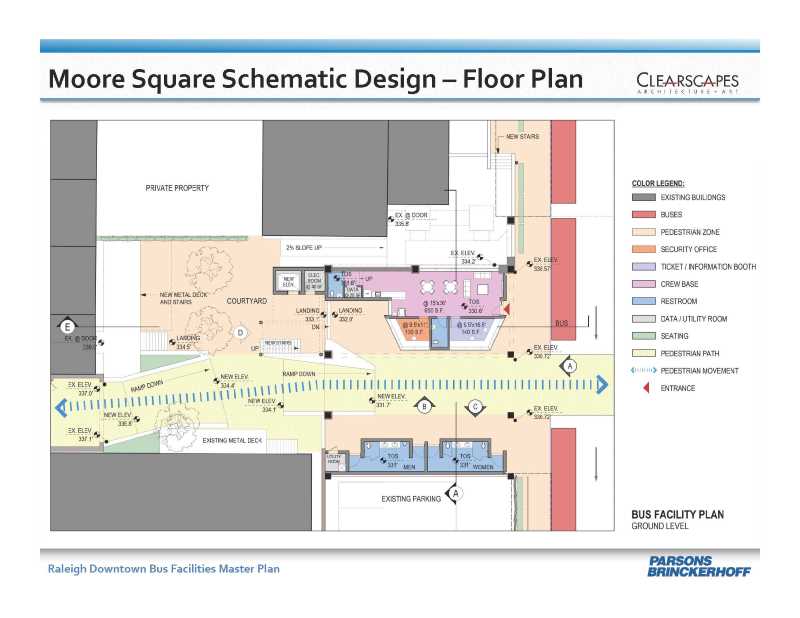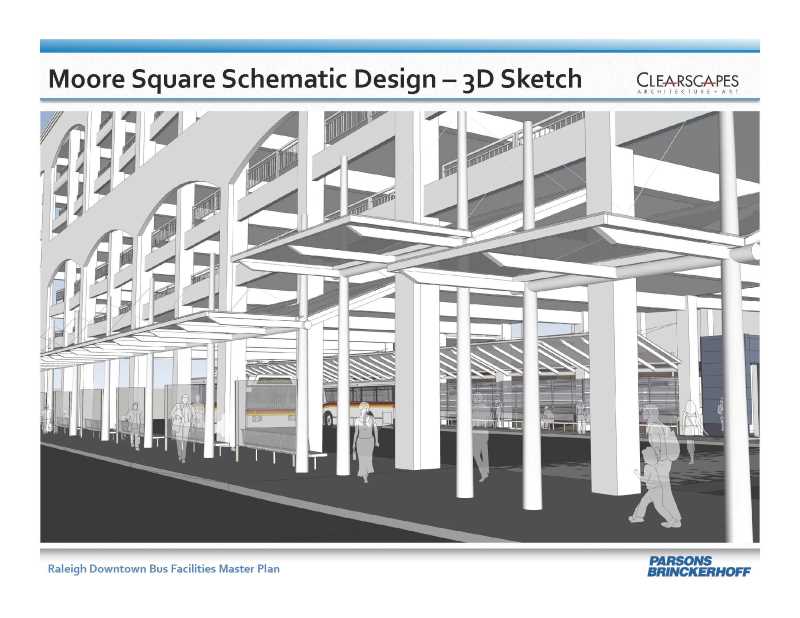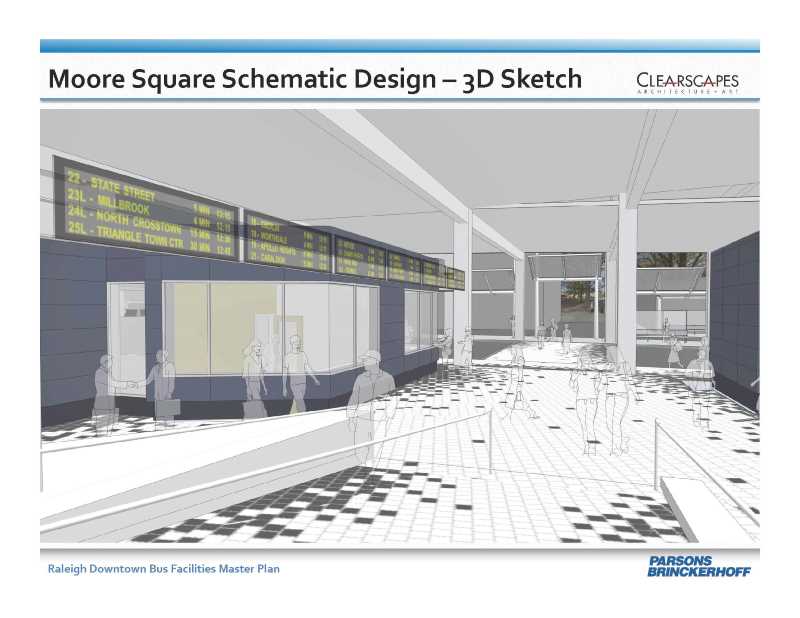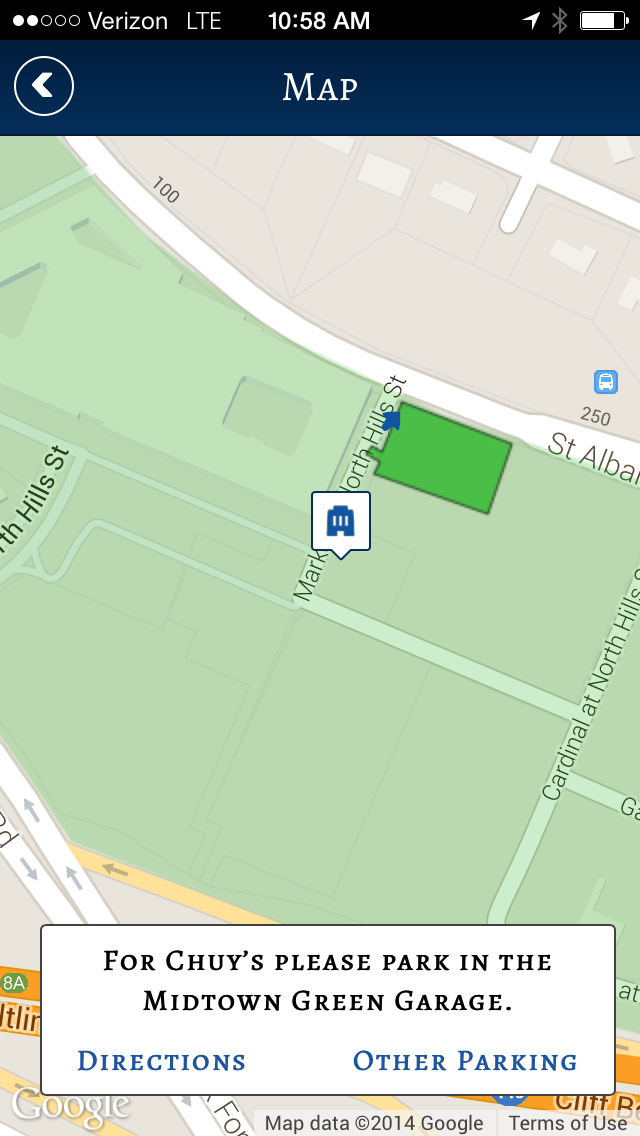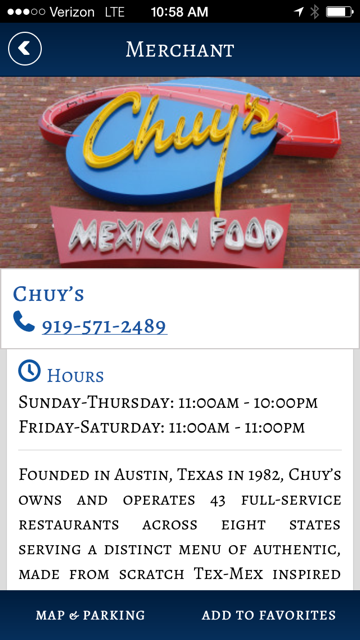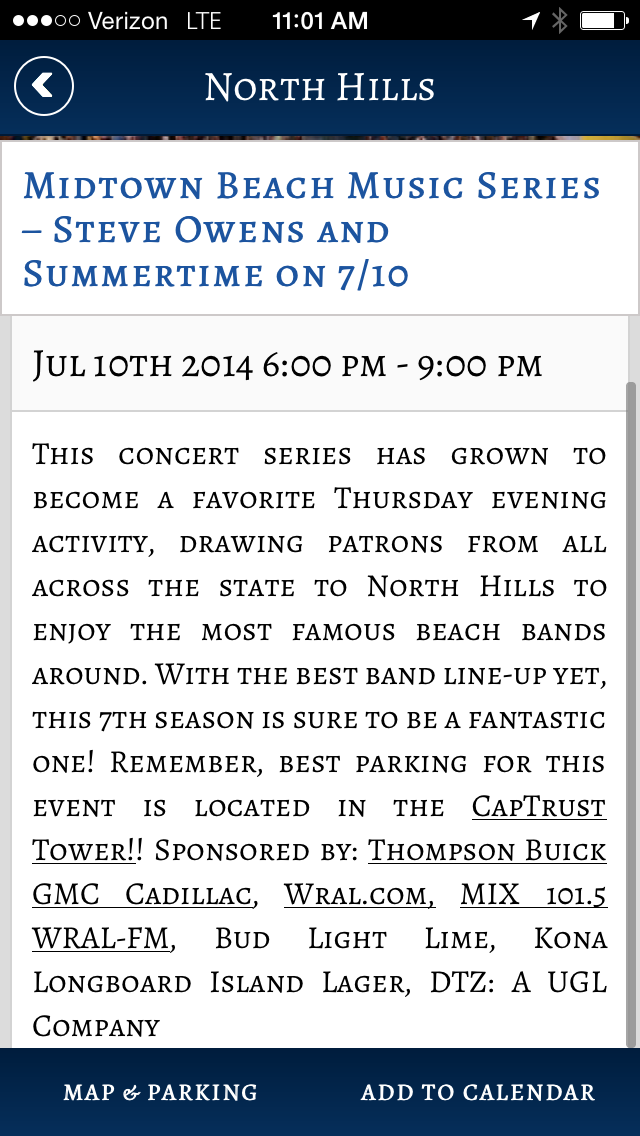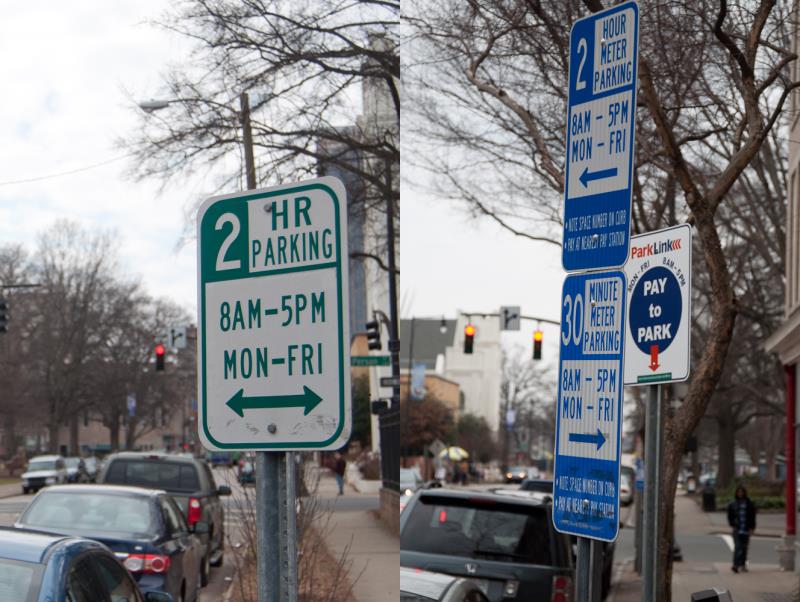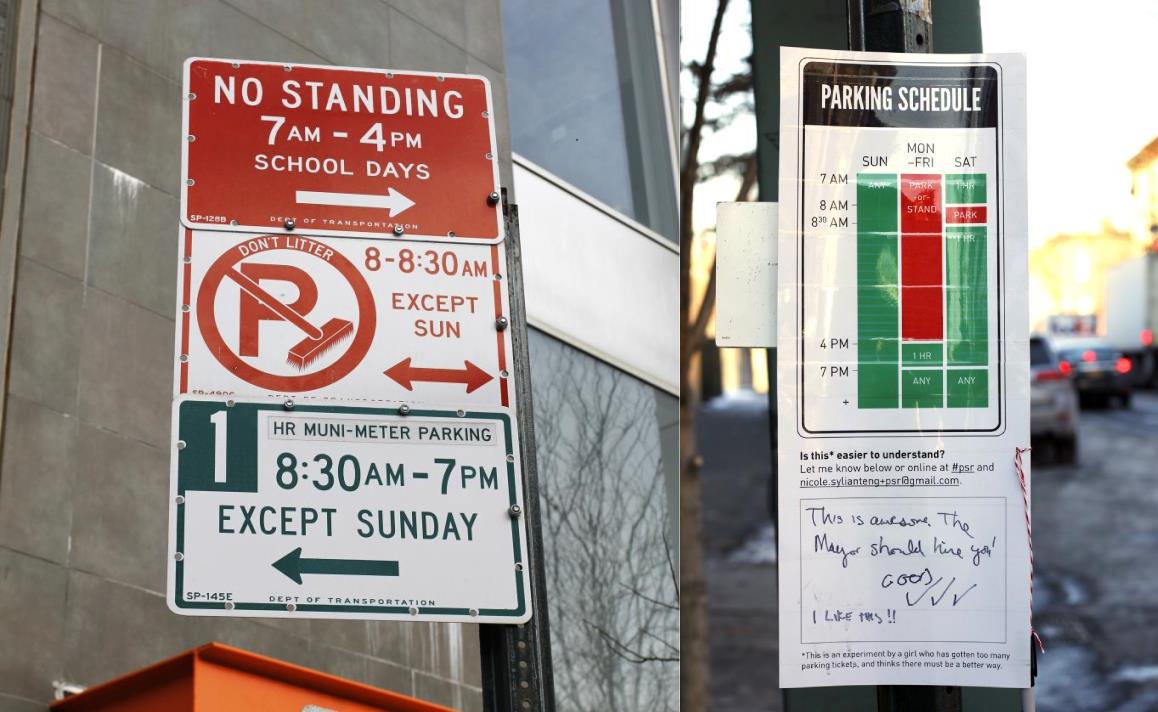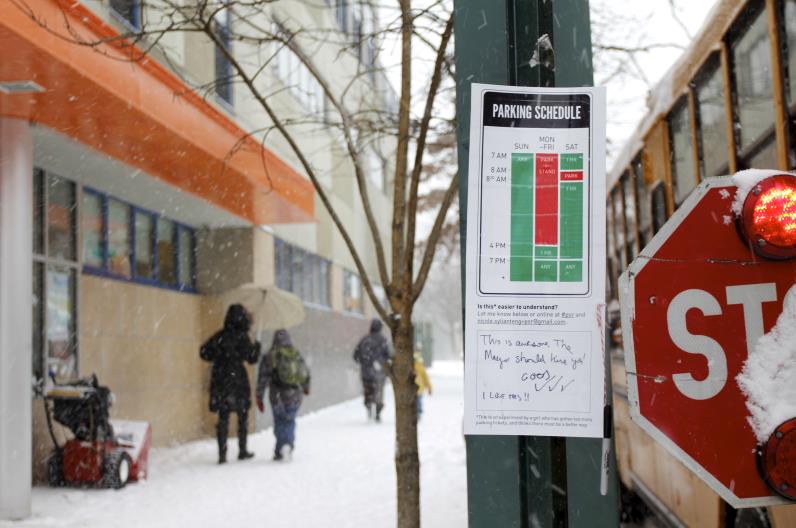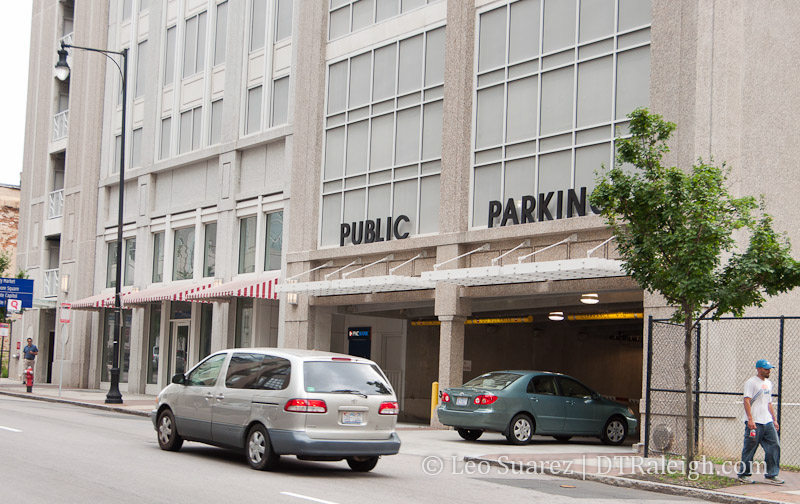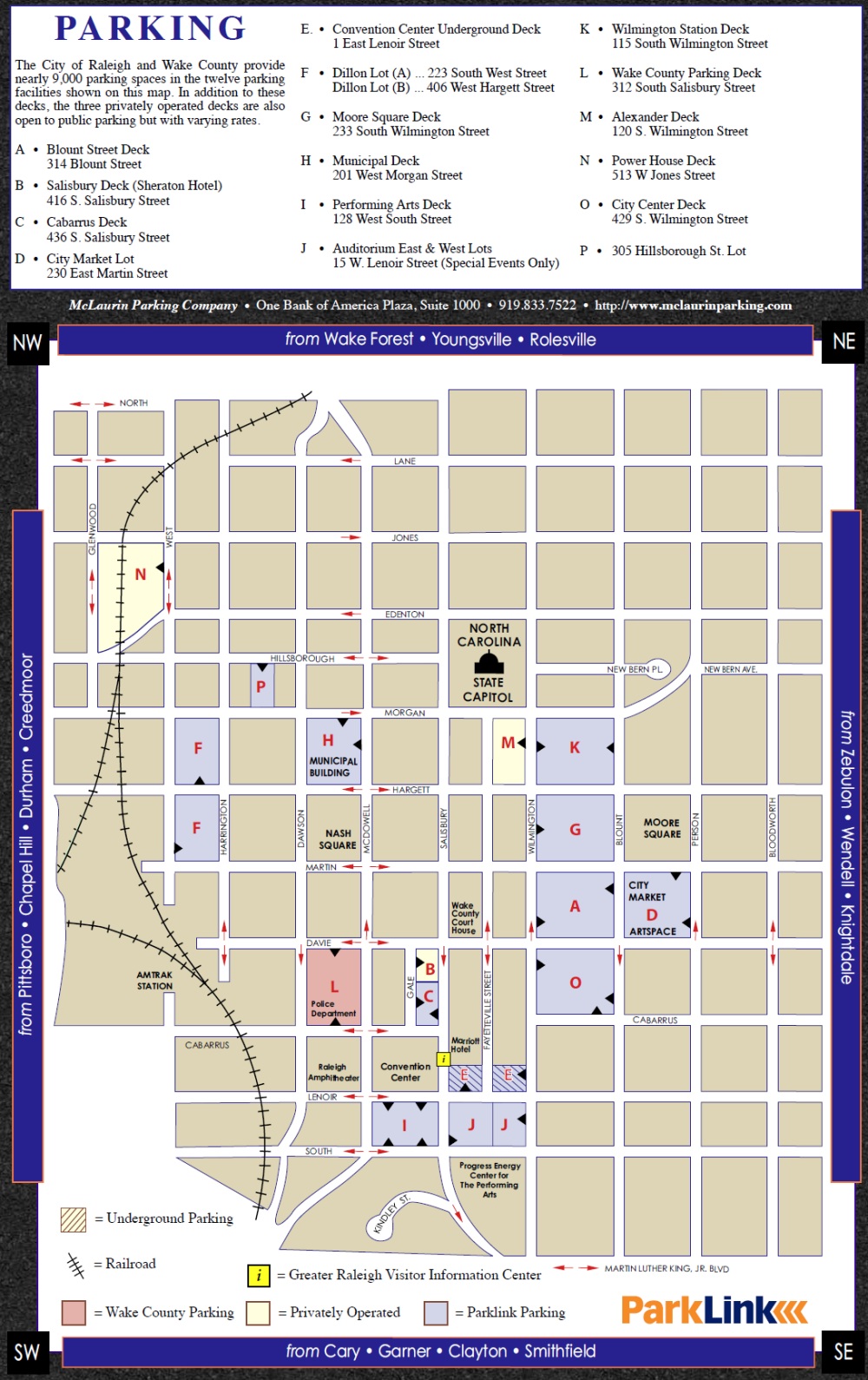
At the corner of Morgan and West Streets, the parking deck for the new Citrix offices has been rising for the past few months. The warehouse renovation into offices next door has pretty much taken shape, creating four floors for downtown’s newest, major tenant.
Any old parking deck that’s being built is usually not an interesting thing to most but this specific one has something here. It may be the elevation or the relative buildings around it but this deck just seems ominous and big.
There’s a small story here and I’m putting the pieces together each time I walk by the Citrix site. What happens when the next Citrix comes into town? Will more of these decks continue to be built?
If you look deeper behind this parking deck, you may get a glimpse into the future path that the warehouse district is on.
The Upcoming Citrix
Let’s start off by taking the focus off Citrix itself. In an interview with the N&O, Jesse Lipson, starter of ShareFile, now owned by Citrix, tells reporter Bruce Siceloff that they will have about 500 employees when they move into the building in 2014. What is not mentioned is that the parking deck will be built for about 400 cars, something you need to dive into the planning commission meetings to find out.
Citrix should be applauded for providing less car parking than employees. Their company culture encourages alternative transit and the downtown office should bump up the number of those types of commuters. They are also a web-based company and teleworking is a common practice. They are at or near the minimum number of spaces needed according to city code.
Less is More
While this behavior for our downtown sounds good, it could have been even better.
After the start of construction of its downtown site around January 2013, Citrix wanted to expand even more and made plans for an additional floor in the office component. This lead to a conversation during a certain May 28, 2013 planning commission meeting when Citrix applied for approval of that same expansion.
Citrix developers were applying for a 40,000 square foot expansion of office space, what was referred to as ‘Phase 2.’ In addition to approval, they also wanted an exemption to having to raise the number of new parking spaces that would have to go along with the new office space. More office space equals more needed parking, according to zoning.
Before the addition, Citrix was providing 341 spaces where city code required them to be at 325. With the office expansion, code would require them to raise that number to at least 400. Citrix wanted out of that and made an argument why in their presentation before the planning commission.
So to show the numbers clearly:
- Citrix phase 1 – 341 parking spaces planned, minimum of 325 according to code.
- Citrix phase 2 – 425 minimum needed according to code.
Here’s the 55-minute planning commission video of that presentation and followup discussion. Watch the first 24 minutes for an overview of the entire project and to get a peak at some of the amenities of the Citrix building.
Municipography – Dillon Supply Warehouse Redevelopment Phase 2 on Youtube
During the presentation, the Citrix reps state such things like:
- Citrix runs three shifts so employees come and go 24/7, spreading the traffic out.
- Citrix promotes alternative transit and biking with plans for a 100 space bike storage including showers.
- 86% of employees are remote for one day of the week. This equates to about 70 people on any given day being off-site.
- Kimley-Horn, a local engineering company, reviewed the proposal and supported Citrix’s request for a parking increase exemption. (jump to 31:35 in the video to hear their points)
- Kimley-Horn also noted that downtown currently has a gross oversupply of parking and is facing a revenue problem.
Currently, 1 parking space per 500 square feet of office space is the code. However, a good point that the Citrix reps make is that the site will have gym and recreation spaces, a lobby, and a large auditorium. The parking count may not have to rise for these amenity spaces and if you subtract them, the actual amount of spaces needed including the new office expansion is now 329. (still below the 341 provided at this point)
This sounds like a great fit for an urban area as the parking needs are smaller than most. These are the types of places that would be great for a transitioning downtown. Employees here don’t punch a clock at 9am and 5pm, contributing to a typical morning and afternoon commute. Activity should be ongoing throughout the day and night around the Citrix offices, supporting that 24-hour downtown that supporters are trying to build.
After the presentation things started to turn.
Deferral
If you want to watch this part, jump to about 24:30 in the video.
A few commissioners expressed concern about the lack of detailed information on how many employees would be on site at a time. Without this detailed information, commissioners could not anticipate any potential problems that, if Citrix was wrong in its parking usage, would permeate out across the warehouse district in the future.
Commissioner Steve Schuster, who by the way is one of the leads at Clearscapes Design Firm and is probably an expert on the warehouse district because of their heavy involvement on Raleigh Union Station, stated, “We’re about to face a parking challenge in the warehouse district.”
Schuster’s thinking was most likely based on ongoing analysis of the entire warehouse district and how development could boom here in the near future. Schuster, with the backing of other commissioners, felt that allowing this parking reduction exemption would set a precedent for future developments here, further exacerbating the parking problem. (the upcoming challenge)
The conclusion to the meeting is that the commission motioned to defer the office expansion so that Citrix could bring back more details on employee counts. They approved the deferral. Remember, this application was for the office expansion but parking dominated the discussion instead.
Citrix reps then, right on the spot, made a move to drop the parking reduction exemption, raise the parking space count to 430 in an effort for construction to stay on schedule. This was approved and Citrix got their office expansion.
A missed Layup
While I tend to always challenge parking minimums and preach about the need to reform parking management, there is a real concern with too little parking. As city staff stated during the discussion, having too little means that cars start using spaces in nearby areas that weren’t intended to handle that kind of traffic.
If Citrix had too little parking, the thought, shared by the planning commissioners, is that nearby Boylan Heights and the rest of the warehouse district would pick up the load. The neighborhood isn’t zoned for that kind of activity so the result would be an inappropriate use of those streets.
The planning commission mentioned the precedent that could be set by allowing Citrix to be exempt from the minimum required parking. They were afraid that future developments in the warehouse districts would also want that exemption, resulting in an area that continues to struggle with the so-called “parking challenges.”
What bothers me here is the handling of the request from Citrix and how it fits into the future vision of the warehouse district and downtown as a whole. Aren’t we trying to become a little more urban? Aren’t we trying to create growth nodes, filled with density that support alternative transit? Haven’t we identified that the city has a parking oversupply and is spiraling into debt?
I felt like the commission had a perfect candidate, one that asked for a parking exemption and is compensating for it with the exact urban culture that downtown Raleigh needs. Instead, it was status quo and the future of the warehouse district is on a path for more parking decks.
I know we can’t magically turn urban in just a few years. The way to get there is to have small victories that transition us there. It takes small steps. I think more people need to realize that.
We didn’t take that step here with Citrix and the way I see it, the planning commission has now made it more costly to building in the warehouse district, threatening any preservation of the warehouses we have there, and continuing to support a car culture in a very walkable, human-scale area of downtown.
In the spirit of basketball going on now, the commission had an open lane for an easy layup but instead passed the ball for someone else to decide what to do.


